2019-01-04
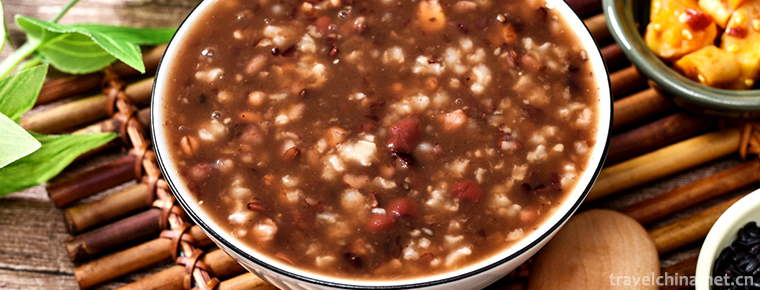
- By ChinaWiki.net
- Chinese Edition
- 2019-03-27
Mixed congee
Babao, also known as Laba porridge, Buddha porridge, is a traditional Chinese Festival food. It is a kind of porridge boiled with various ingredients on Laba Festival. Chinese scholars in the Southern Song Dynasty wrote "Old Stories of Wulin" carefully and said, "Making porridge with walnuts, pine nuts, milk, persimmons and chestnuts is called Laba porridge. Babao porridge has the functions of invigorating the spleen and stomach, eliminating weight loss, invigorating qi and soothing the mind. It can be used as dietary therapy for obesity and neurasthenia, as well as daily health and fitness food.
brief introduction
Every year on the eighth day of the eighth lunar month, according to the tradition of our country, many places have the habit of eating Laba porridge. The so-called "eight treasures porridge" is actually the "Laba porridge" that people often talk about.
The original meaning of "Babao porridge" is to boil porridge with eight different raw materials. But today. Many "Babao porridge" ingredients have exceeded eight. "Babao porridge" is generally made of Japonica rice, glutinous rice or black glutinous rice, with supplementary materials such as mung bean, red bean, lentil, white lentil, jujube, peanut, lotus seed, longan, pine nut, yam, lily, wolfberry, qinshi, coix seed rice and so on. People in different areas of China choose different materials according to their dietary preferences. Different brands of cans contain different materials for Babao porridge. But basically there are four kinds of raw materials: rice, beans, dried fruits and traditional Chinese medicine. The family cooks "Babao porridge" and sometimes adds chestnuts, carrots, sausages, bacon and so on.
Characteristics of dishes
Laba porridge, also known as Babao porridge, is a kind of porridge boiled with a variety of ingredients on Laba Festival. Folk legend comes from Tianzhu. Chinese scholars in the Southern Song Dynasty wrote "Old Stories of Wulin" carefully and said, "Making porridge with walnuts, pine nuts, milk, persimmons and chestnuts is called Laba porridge. Babao porridge has the functions of invigorating the spleen and stomach, eliminating weight loss, invigorating qi and soothing the mind. It can be used as dietary therapy for obesity and neurasthenia, as well as daily health and fitness food. Babao porridge, also known as Laba porridge, Buddha porridge, Wuwei porridge, Qibao porridge, Qibao porridge, etc.
Babao porridge ingredients and production are very simple, the finished product is bright color, soft and sweet, attractive fragrance, slippery but not greasy, iron, blood, qi, calm. Sugar, milk and so on can be added according to the taste.
Product classification
Congee with Nuts and Dried Fruits
The traditional practice of Laba porridge is to first clean barley rice, white kidney beans, red beans, mung beans and so on, boil them into half-cooked rice, millet, yellow rice, and then boil them over gentle fire. It is porridge with moderate thickness, sugar when eating, and mixed with pre-cooked dates, chestnuts and so on. There are peanuts, dates, almonds, walnuts, chestnuts, lotus seeds, lilies, Guiyuan meat, raisins and a variety of rice and beans.
Soybean 100g, corn 100g, Tremella 50g, jujube 9, mushroom 9, lotus seed 50g, wolfberry 30g, and honey appropriate amount.
1. Place Tremella fuciformis and Lentinus edodes in a bowl and soak them in boiling water. After water cooling, remove their pedicels and drain them.
2. Wash soybeans, corn, dates, lotus seeds and wolfberries with cold water, put them in a casserole with Tremella fuciformis and Lentinus edodes, add cold water and heat to boil, and boil them into congee.
: Put honey into porridge, take it three times, take it once a day in the morning.
: It not only has the function of strengthening the body, but also has the function of anti-cancer and anti-cancer, as well as anti-aging.
Eight treasures porridge of Hui people
50 grams of rice, red bean, peanut, chestnut, lotus seed, jujube, longan meat and golden cake respectively, with appropriate amount of white sugar
1. Chestnut meat is washed and cut into small pieces. Lotus seeds are soaked in alkali water to remove green hearts. Red dates are washed and nucleated. Peanuts are rinsed with hot water and peeled. Longan meat is cut into minced pies.
2. Rinse red beans and boil them in water until they are five-ripe. Put them in the washed rice. Boil them with chestnuts, peanuts and lotus seeds. Cook the rice and beans until they are boiled. Add cinnamon, golden cakes, red dates and other ingredients. Cook them over low heat for five minutes.
Babao porridge for pregnant women
This porridge is sticky, sweet, fragrant, palatable, easy to digest, contains carbohydrates and inorganic salts, suitable for pregnant women to eat.
150 grams of glutinous rice, 15 grams of preserved peach, 25 grams of dates, 25 grams of sugar lotus seeds, 25 grams of apricot preserved, 25 grams of winter melon strips, 25 grams of walnut kernels, 25 grams of hawthorn cake, 25 grams of sugar and osmanthus jam.
1. Cut the wax gourd slices into dices.
2. Cut hawthorn cake into dices.
3. Wash the glutinous rice clean.
4. Put the glutinous rice and other ingredients into the pot, add water to boil, then boil it into thick porridge over low heat, add osmanthus sauce and sugar and mix well.
Babao congee for children
1 tbsp glutinous rice, 1 tbsp red beans, 1 tbsp mung beans and 10 raisins
1. Wash all materials.
2. In addition to raisins, put them in a pot and simmer slowly with 1-2 bowls of water.
Note: Suitable for 1 and a half year old children.
Babao porridge for dietary therapy
10 grams of Guiyuan Cinnamon, 10 grams of Tremella fuciformis, 15 grams of Yuzhu, 10 grams of Lycium barbarum, 5 seeds of lotus seed, 5 dates, 10 grams of raisins and 30 grams of Japonica rice.
: First, the lotus seeds and Yuzhu are heated and boiled, then the other six flavors are put into the pot together, and then heated and boiled until they become porridge-like, then they can be eaten.
Babao porridge for invigorating spleen and stomach
Six grams of Scutellaria, Coix Seed Rice, White Lentil Bean, Lotus Meat, Yam, Jujube, Longan, Lily and 150 grams of Japonica Rice
First take the above eight herbs and decoct for 40 minutes, then add rice and continue to cook porridge.
Eat with sugar for several days.
Strengthening the spleen and stomach, invigorating qi and kidney, nourishing blood and tranquilizing mind. It is suitable for insomnia, weakness, weakness, swelling, diarrhea, thirst, cough and less phlegm.
Babao porridge is sold in supermarkets. Warm and hot food has better effect. Healthy people can build up their health by eating it.
Babao Congee for Cancer Prevention
In 1995, 15 retired veteran Chinese medicine practitioners in Jingsha District of Hubei Province jointly launched the initiative of "devoting to the society and offering everyone a secret recipe for ancestors". After the demonstration of more than 20 secret recipes, a kind of medicinal diet with anti-cancer effect, namely "eight treasures porridge", was screened out. Its raw materials are sold everywhere and easy to make. According to the appraisal of local experts, the combination of medicine and diet is scientific, non-toxic and side effects, the effect of cancer prevention is obvious, and patients are easy to adhere to.
100 grams of soybean, 100 grams of corn, 50 grams of tremella, 9 jujubes, 9 mushrooms, 50 grams of lotus seeds, 30 grams of medlar and appropriate amount of honey.
1. Place Tremella fuciformis and Lentinus edodes in a bowl and soak them in boiling water. After water cooling, remove their pedicels and filter them dry.
2. Soybean, corn, jujube, lotus seed and wolfberry are washed with cold water. They are put into casserole with tremella and mushrooms and boiled over cold water and hot water to make porridge.
Modify honey into porridge and take it three times, once a day in the morning.
It has not only the function of strengthening the body, but also the function of anti-cancer and anti-cancer (especially for lung cancer, esophageal cancer, gastric cancer, intestinal cancer, breast cancer, prostate cancer, etc.) and anti-aging.
Corn Babao Congee
Corn porridge is a special food in Northeast China. Corn kernels (hereinafter referred to as corn kernels) are mainly peeled and umbilicated, and cooked with kidney beans. Babao Corn Porridge is a nutritional and health food based on corn porridge, which is made of jujube, peanut, black bean, pumpkin, agaric and longan. It has the characteristics of balanced nutrition and nourishing the body. It is an auxiliary food for the treatment of cardiovascular and cerebrovascular diseases and diabetes mellitus.
1. Material formula: 140 g Corn kernels, 16 g agaric, 20 g kidney beans, 20 g black beans, 20 g peanuts, 40 g pumpkin, 2-6 jujubes, 4-6 longan, 3.5 kg water.
2. Technological process: soaking corn kernels, peanuts, black beans and kidney beans boiling under high pressure with water adding pumpkin cubes boiling jujube adding agaric cubes and cinnamon boiling canning sterilization products.
3. Main points of operation:
Selection and treatment of raw materials: Red jujube should be selected as first-class dry products with bright color, thick flesh, no mildew, no moth, after washing, core removal and cut into pieces for reserve. Corn kernels, black beans, kidney beans, peanuts and pumpkins are all newly produced in the same year. They are free from pollution, mildew, insects and impurities. Black beans, kidney beans and peanuts were soaked for 12 hours and washed; pumpkins were washed and cut into small cubes of 1 cm x 1 cm; corn kernels were washed and reserved, and Auricularia auricula was selected as high-quality Northeast dry products, requiring no impurities and mildew, soaked in clear water, and washed and cut after fully absorbed and expanded. When using fresh fruits, sweet-scented longan should be choosed with large flesh thickness; if using dry products, sweet-scented longan should be choosed without mildew, moth, and normal color, shelled and cored, then cut into pieces for reserve.
(2) Boiling, filling and sterilization: In order to make all kinds of raw materials in porridge ripe and not rotten, the best appearance of neat, step-by-step cooking method should be adopted; at the same time, all processes need to be stirred to avoid the emergence of paste. Mix the processed corn, black beans, kidney beans and peanuts, add 3.5 kg water, and boil for 30 minutes. Add pumpkin and jujube pieces and continue boiling for 20 minutes. Finally add the wet agaric and cinnamon pieces and boil for 5 minutes. After canning, sterilize for 30 seconds in 121 C steam, and the shelf life of easy-to-open cans can be as long as 2 years.
Taro Babao Congee
2 taro
50 grams of glutinous rice
30 grams of Coix
20 grams of black rice
20 g millet
15 grams of peanuts
20 g millet
20 grams of red adzuki bean
20 grams of mung beans
9 jujubes
1. Wash peanuts, red beans, Coix and black rice.
2. Soak jujube 10 minutes in advance. Wash mung beans, glutinous rice and millet and set aside.
3. Wash and peel taro and cut into small pieces.
4. Put 1000 ml of cold water into the pot. First, put peanuts, red beans, Coix and black rice into the pot. First, boil for 30 minutes.
5. Put taro, jujube, glutinous rice, mung bean and millet on top of the pot and cook with the porridge key.
6. After 50 minutes, the porridge will be cooked and it will automatically jump to the heat preservation function.
7. Put it in a bowl and eat.
Black glutinous rice porridge with eight treasures
Black glutinous rice, white glutinous rice, oats, jujube, medlar, pine nut, lotus seed, longan, ice sugar
1. Soak wolfberry, oat and lotus seeds in warm water.
2. Put all the ingredients into the casserole, add some water and ice sugar, and simmer for about 90 minutes. Crude grain and dried fruit "Babao porridge" is the best carrier for daily consumption of various kinds of coarse grains and dried fruits. The beauty of black and white glutinous rice is that it contains many starch polysaccharides with waxy properties, which can provide the necessary nutritional raw materials for the lower intestine.
Yiren Babao Congee
Glutinous rice half cup, coix seed 1/3 cup, red bean 1/3 cup, cinnamon a little, lotus seed 60 grams, clear water 12 cups, a little sugar.
1. Wash the Coix seed and red beans and soak them in water until they are soft.
2. Wash the glutinous rice and reserve it.
3. Boil coix seed and red beans with 12 cups of water for about 20 minutes.
4. Cook lotus seeds, glutinous rice, longan meat in a pot until cooked thoroughly.
5. Add sugar to porridge.
Fructus Tremella longan
20 longans
One Tremella
20 lotus seeds
Fifteen jujubes
50 red adzuki beans
50 grams of Japonica Rice
Thirty medlar grains
30 grains of peanut rice
Appropriate amount of ice sugar
1. Open Tremella fuciformis with cold water, then remove the Yellow pedicle, tear into small flowers, lotus seeds with toothpicks to poke the remaining lotus core, longan to shell. Clean all the raw materials.
2. Put all the raw materials in the container and soak them in clear water for about 2 hours (which is easy to cook).
3. Put all the raw materials into the pot and add water before the raw materials reach 10 cm. After the fire is boiled, the raw materials are boiled over 1 hour in medium heat until the lotus seeds and peanuts are basically ripe.
4. Transfer all the ingredients into purple sand pot for porridge cooking. Select automatic block to continue cooking until the ingredients are fully cooked. About 4 - 6 hours. (This kind of pot has low fire power and does not paste the pot.)
5. Put porridge in a bowl, so delicious Longyan Tremella Tremella Eight Treasures porridge will be boiled, and enjoy it quickly!
The eight treasures porridge of Longyuan Tremella seed has the functions of nourishing yin and kidney, tonifying middle qi, moistening lung, appetizing spleen, anemia and neurasthenia.
Golden Valley Babao Congee
Osmanthus longan, lotus seeds, raisins, peanut rice, jujube, red beans, mung beans, kidney beans, fragrant rice, rice, etc.
Bright colour, soft and sweet quality, attractive fragrance, slippery but not greasy function: iron, blood, qi, calming. How to eat it: Add 5 to 10 times water and simmer gently. Sugar and milk can be folded according to the taste.
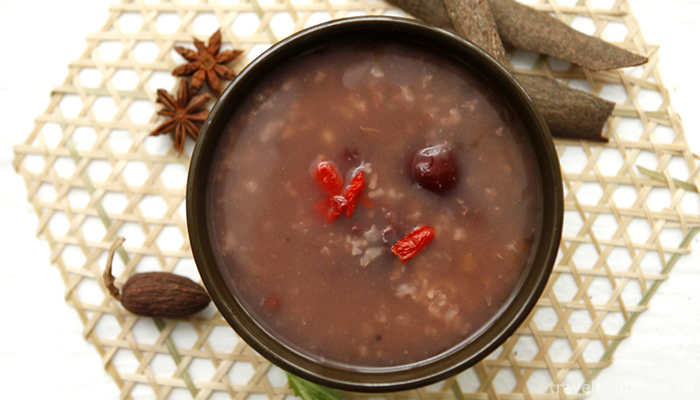
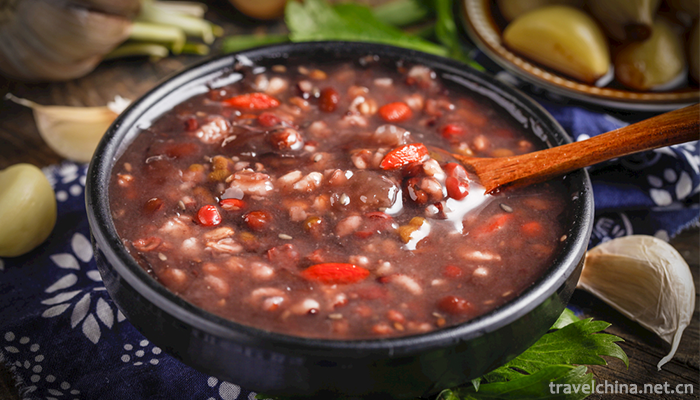
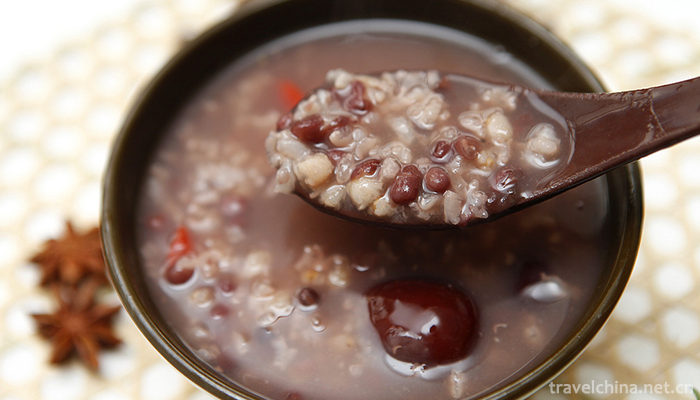
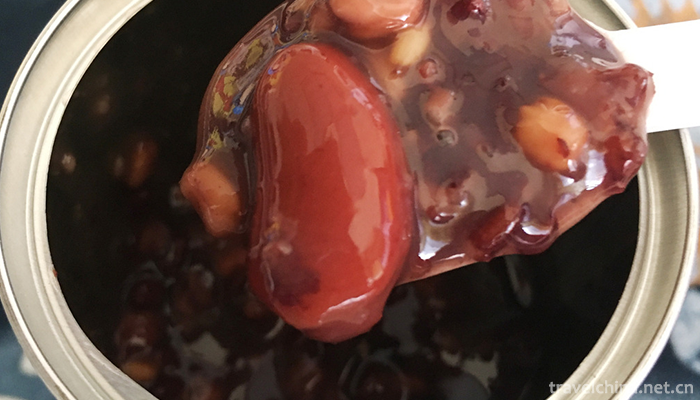
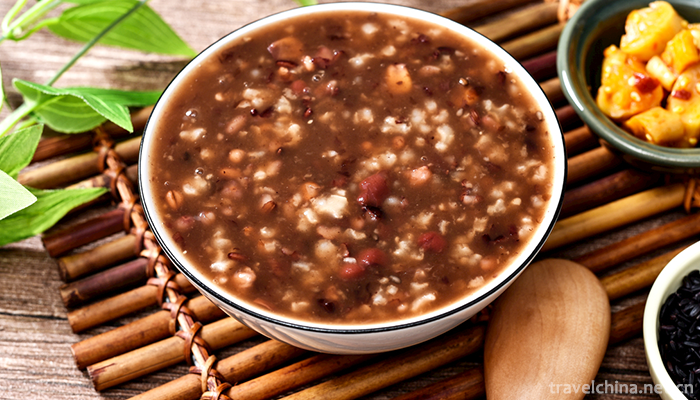
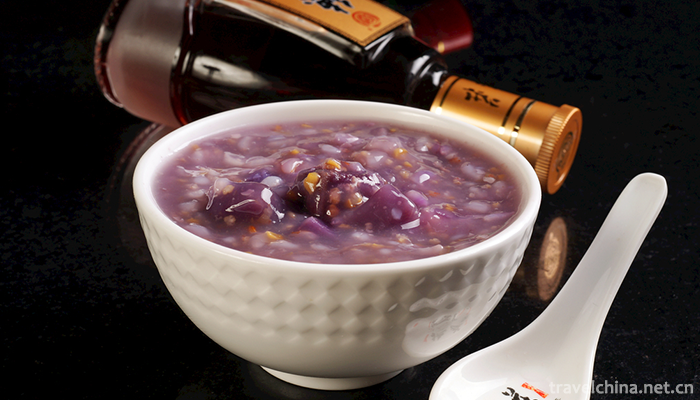
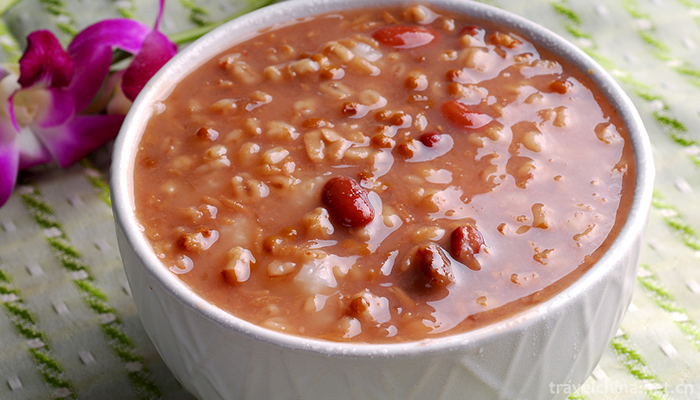
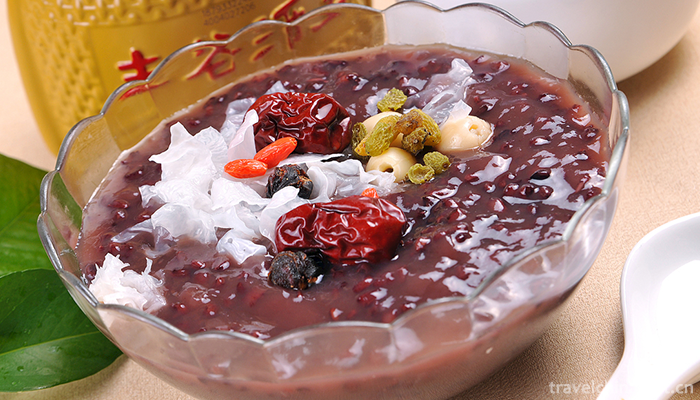
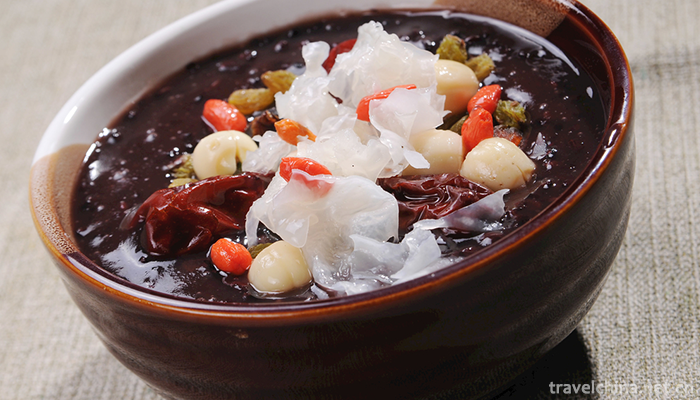
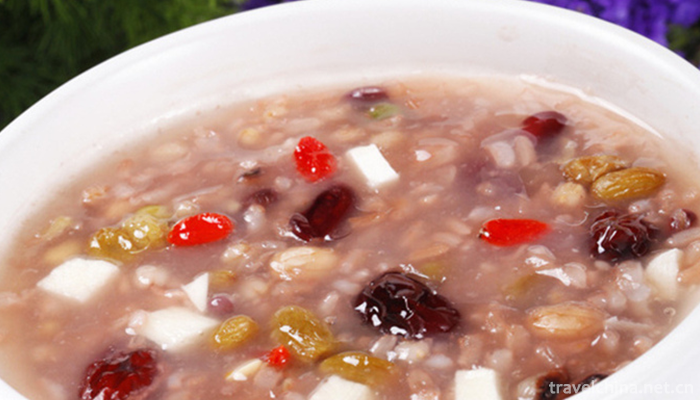
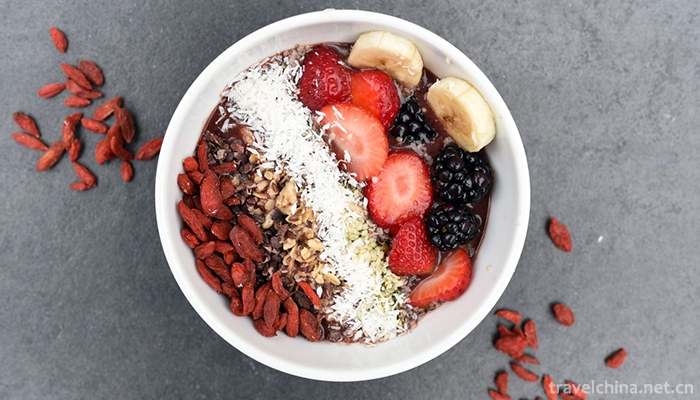
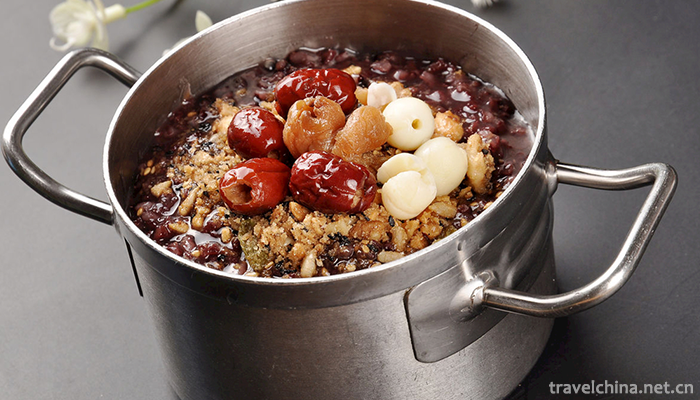
Ask a Question
Your email address will not be published.
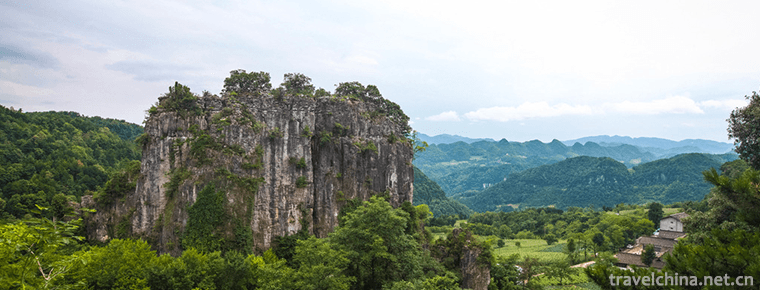


0 Questions